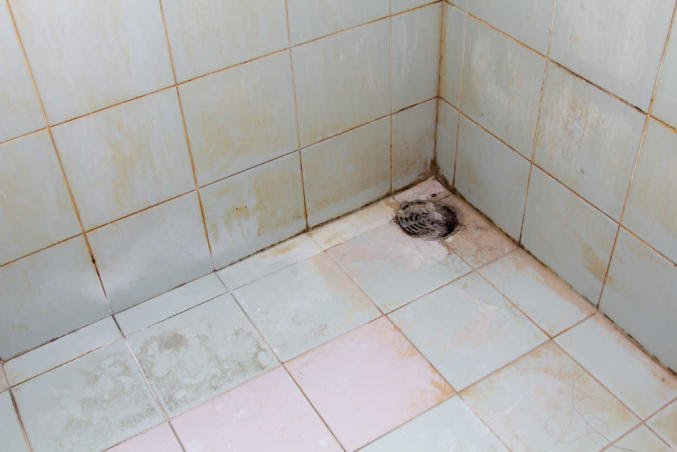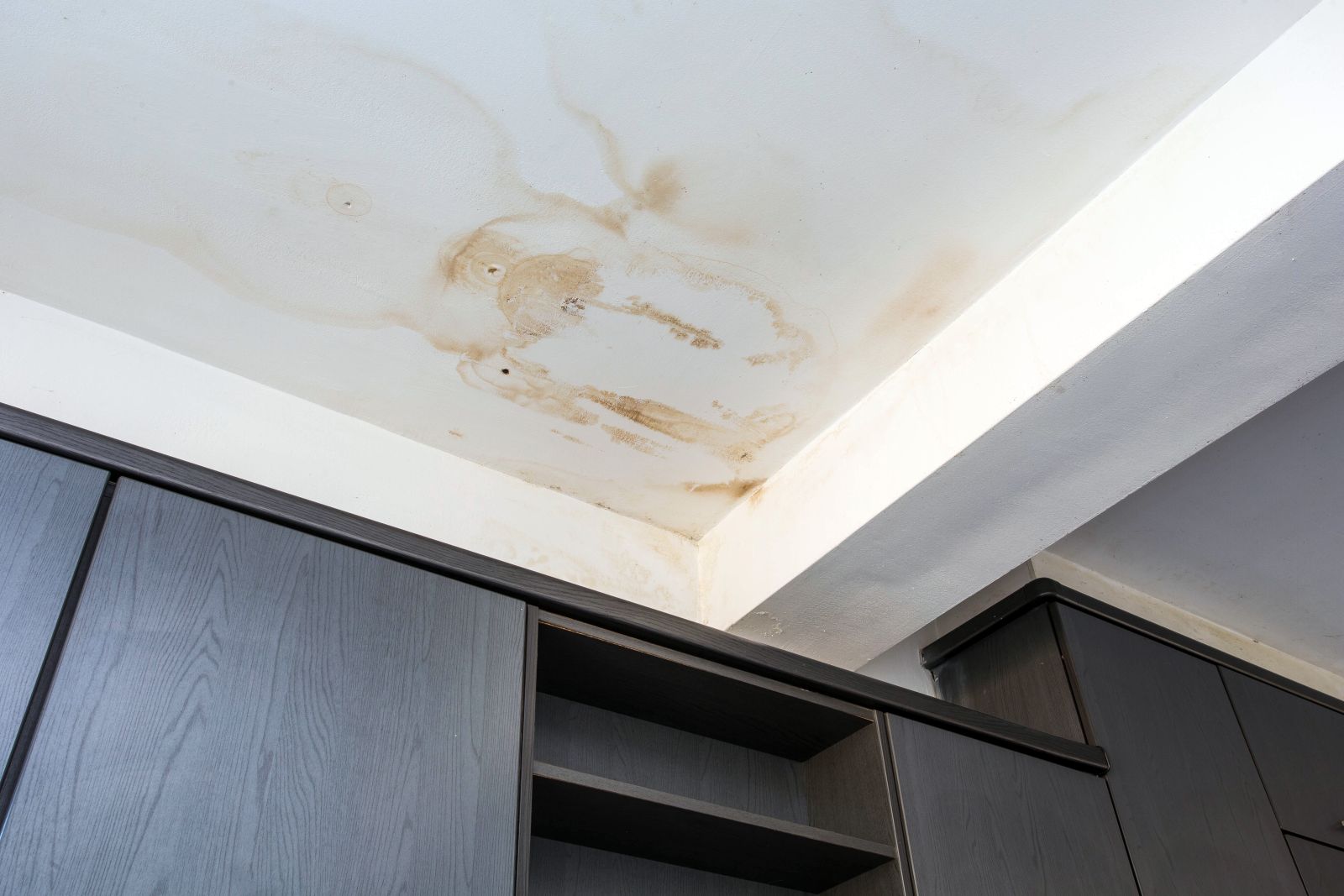What Leads to Water Deterioration in the Bathroom
What Leads to Water Deterioration in the Bathroom
Blog Article
Are you currently on the lookout for help about How to Repair and Prevent Bathroom Water Damage??

Water damage commonly happens in the shower room as a result of the water used day-to-day. In some cases, the damages could be a little mold from the shower. Other times, it's huge damages on your flooring. Whatever it is, it is always excellent to know the cause and also prevent it before it takes place.
This guide will certainly go through some of the typical sources of water damage in the shower room. We will also examine what you can do to avoid these causes from damaging your washroom. Let's dive in.
These are the usual factors you would have water damage in your restrooms and also just how you can find them:
Excess Wetness
It's cool to have that long shower as well as splash water while you dance around as well as imitate you're performing, but in some cases these acts could create water damage to your washroom.
Sprinkling water around can trigger water to visit edges and create molds. Watch how you spread excess dampness around, and when you do it, clean it up to stop damage.
Splits in your wall ceramic tiles
Washroom wall surface ceramic tiles have actually been specifically designed for that objective. They protect the wall from moisture from people taking showers. Nonetheless, they are not indestructible.
Sometimes, your washroom wall floor tiles split and permit some wetness to leak into the wall surface. This can potentially destroy the wall if you don't take any kind of activity. If you observe a crack on your wall tiles, fix it instantly. Do not wait until it damages your wall surface.
Overruning toilets and sinks
As humans, in some cases we make mistakes that might create some water damage in the restroom. As an example, leaving your sink tap on might create overflowing as well as damage to other parts of the restroom with moisture.
Also, a malfunctioning commode could cause overflowing. For instance, a damaged commode manage or various other parts of the tank. When this takes place, it can damage the flooring.
As quickly as you notice an overruning sink or toilet, call a plumbing professional to aid take care of it promptly.
Ruptured or Dripping Pipelines
There are several pipelines bring water to different parts of your shower room. Some pipelines take water to the toilet, the sink, the faucets, the shower, and lots of various other locations. They crisscross the tiny area of the washroom.
Once in a while, these pipelines could obtain corroded and ruptured. Other times, human action can create them to leak. When this occurs, you'll find water in the corners of your shower room or on the wall.
To find this, keep an eye out for bubbling wall surfaces, mold and mildews, or mildew. Call a specialist emergency plumbing professional to fix this when it takes place.
Roofing system Leaks
Occasionally, the problem of water damage to the restroom may not come from the restroom. As an example, a roof covering leakage can create damage to the washroom ceiling. You can identify the damages done by taking a look at the water spots on the ceiling.
If you find water spots on your ceiling, check the roofing to see if it's damaged. Then, call a specialist to aid fix the concern.
Conclusion
Water damage to your restroom can be aggravating. Nevertheless, you can manage it if you prevent some of the causes mentioned in this overview. Call an expert emergency plumbing technician if you notice any kind of severe damage.
How to Prevent Water Damage in Your Bathroom?
Water damage repair is an expensive, meticulous, and lengthy process. Unfortunately, bathrooms are the most susceptible rooms to water damage due to toilets, showers, and sinks. Pipes and fixtures wear out over time and are not immune to damage. But all is not lost, as there are ways to prevent water damage from occurring in your bathroom.
Check Your Plumbing
Nothing lasts forever, especially pipes, which can rust and begin leaking over time. You should periodically conduct pipe inspections and pay attention for any musty smells or water stains that may indicate you need water damage repair. Here are some things to check:
Frequently test valves for your toilet, shower, and sink to ensure they are properly working. Check faucet supply lines hidden under vanities and replace when needed. Replace cracked or deteriorating caulking along sinks, tubs, and showers. If you notice a clog in your sink, call in a professional. Since you can’t check the pipes in the wall, keep an eye out for stains, drywall bubbling, musty smells, and excess moisture; if the bathroom is on a second level, check the ceiling of the room directly below for these signs. Don’t Overwork Your Toilet
One of the most common reasons bathrooms need water damage repair is due to overflowing toilets. Save yourself the hassle of cleanup by being mindful and not pushing your toilet to extreme limits. If you have young children, it is especially important to keep an eye on them when they are in the bathroom and to teach them how to avoid clogging the toilet. Here are some more tips to help prevent your toilet from overflowing:
If you have a septic tank, only use septic-safe toilet paper Do not flush anything down the toilet besides toilet paper; items like diapers and sanitary napkins will clog the piping Pay attention to your toilet’s water level: If it’s low, it could mean it is partially clogged or that there is a crack in the toilet bowl https://www.alure.com/home-improvements-blog/resources/how-to-prevent-water-damage-in-your-bathroom

We hope you liked our topic on How to Repair and Prevent Bathroom Water Damage?. Thanks so much for taking time to browse our short article. Do you know anybody else who is in the market for How to Repair and Prevent Bathroom Water Damage?? Feel free to share it. Thank you for your time spent reading it.
Top service? Contact. Report this page